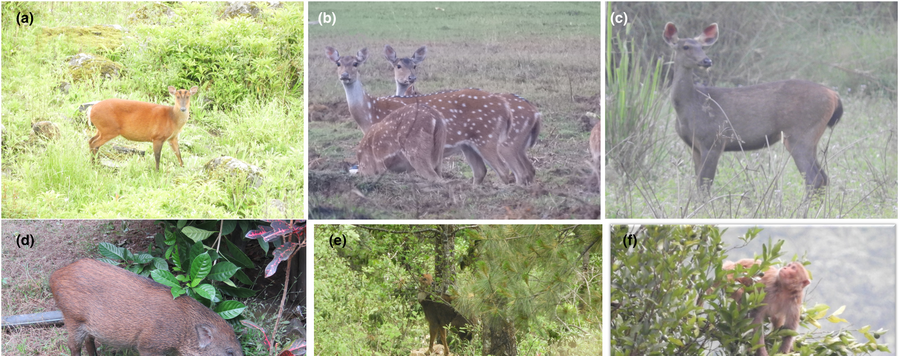
Landscape-level habitat connectivity of large mammals in Chitwan Annapurna Landscape, Nepal
The populations of many species of large mammals occur in small isolated and fragmented habitat patches in the human-dominated landscape. Maintenance of habitat connectivity in the fragmented landscapes is important for maintaining a healthy population of large mammal. This study evaluated the landscape patches and their linkages on two carnivores (leopard and Himalayan black bear) and seven prey species (northern red muntjac, chital, sambar, wild pig, Himalayan goral, rhesus macaque, and langur) between Chitwan National Park (CNP) and Annapurna Conservation Area (ACA) by using the least-cost path (LCP) approach and the Linkage Mapper tool in ArcGIS. A total of 15 habitat patches (average area 26.67 ± 12.70 km2) were identified that had more than 50% of the total studied mammals. A weak relation among the habitat patches was found for chital and sambar (Cost-weighted distance [CWD]: Euclidean distance EucD >100), showed poor connectivity between the habitat patches, while ratio of CWD and EucD was low (i.e., low LCP) between majority of the patches for muntjac, wild pig and leopard hence had potential functional connectivity along the landscape. Similarly, low LCP between the habitat patches located in the mid-hills was observed for Himalayan goral and Himalayan black bear. Furthermore, the multi-species connectivity analysis identified the potential structural connectivity between the isolated populations and habitat patches. Therefore, these sites need to be considered connectivity hotspots and be prioritized for the conservation of large mammals in the landscape.






